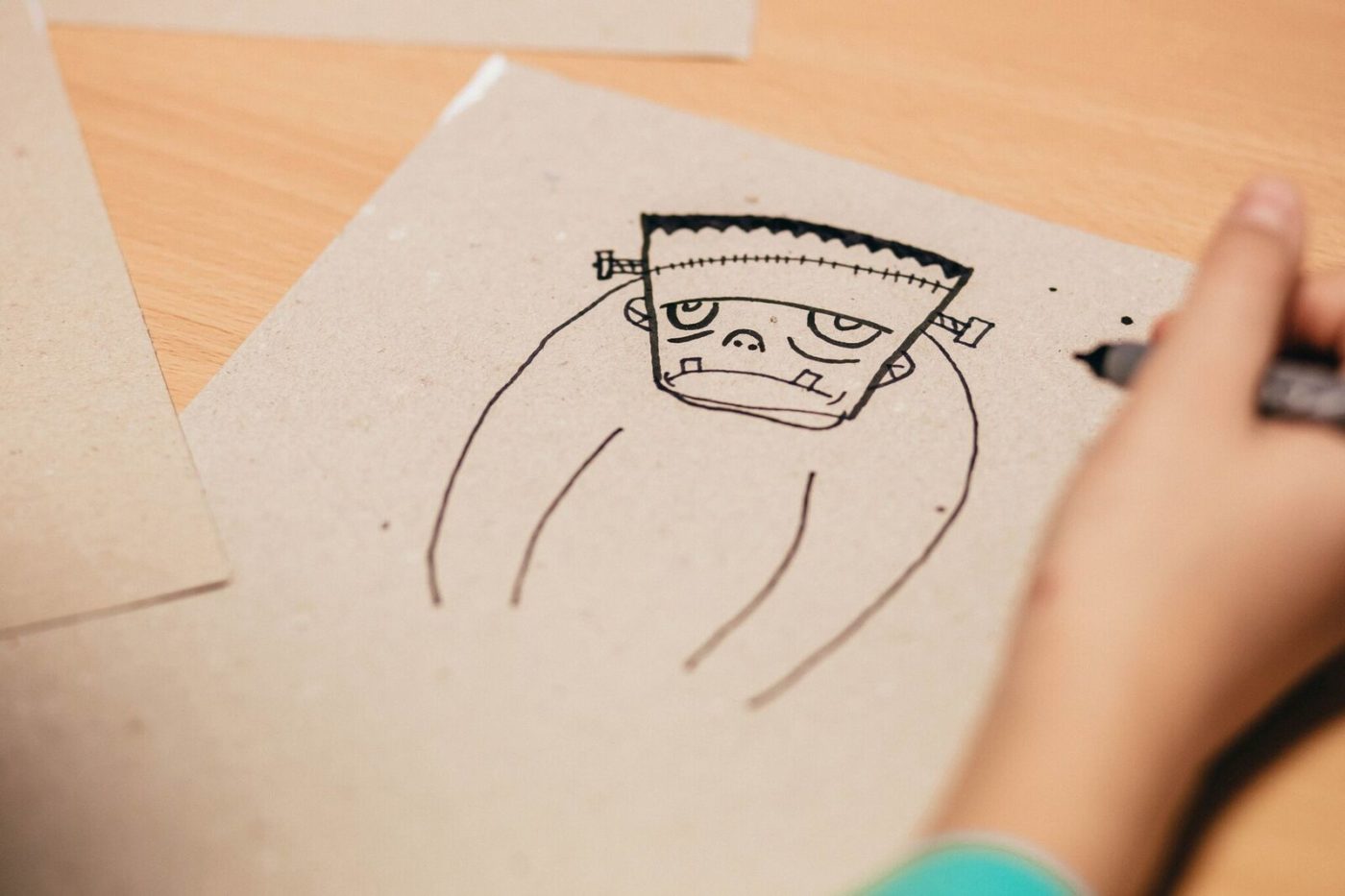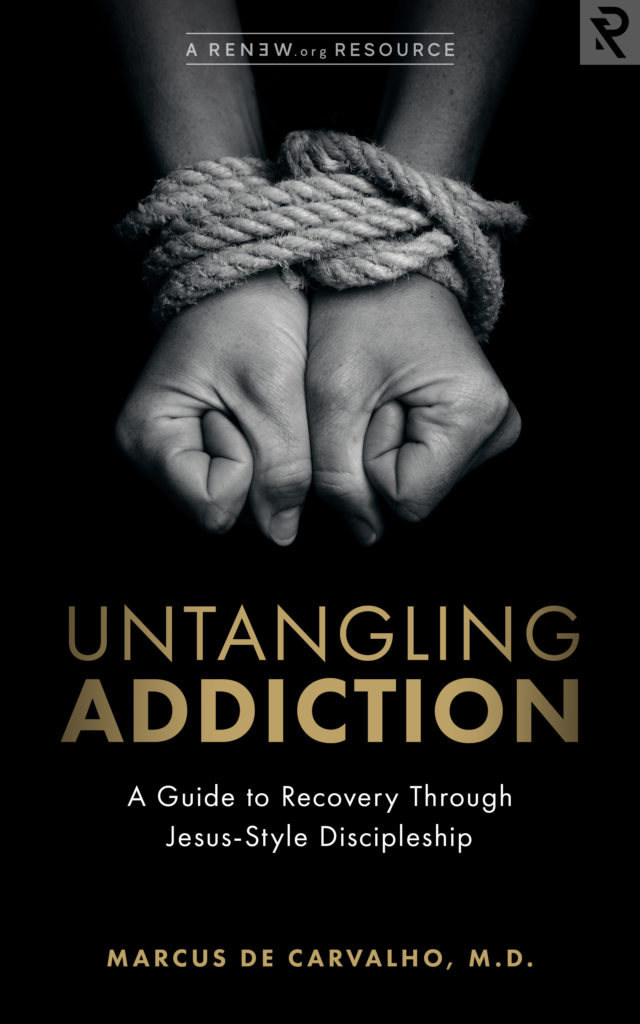
Practical Guide to Monster Hunting
There may be no greater threat to humanity than a monster, and understandably so. Monsters are without boundaries. Mostly monsters are big, but they don’t have to be. Monsters are not confined to a specific shape, color, or language.
For instance, a monster can be 8 feet tall, covered in woolly hair and teeth, enormous arms fully equipped with people-grabbing claws. Yet somehow it can still fit under a bed. A monster can have bulging muscles, gigantic jaws full of sharp teeth, and stand 10 feet tall—yet still find a way to silently hide inside a tiny closet overflowing with shoes and clothes.
There is rarely, if any, mention of just how tidy monsters are. But anywhere a monster sighting has been recorded, there has never been found a tuft of mangy hair or the leftover bones of a small child, or even so much as a footprint on a freshly vacuumed carpet. Strangely, they don’t even leave a smell.
All that brings us to a very important point in learning to hunt them: Monsters are never born; they are created. Grendel, Frankenstein, Dracula, Werewolves, Zombies are all created—not in castle laboratories, toxic slime pits, or in the nuclear waste, but rather created within the human mind.
Have you ever wondered why we create monsters?
Is it coincidence that only 9 years after the United States dropped the atomic bomb on Japan, a 164-feet monster, half-gorilla and half-whale, emerged from the minds of film makers in Japan and onto the silver screen? Fears and fallout from the atomic bomb manifested into a scaly, inescapable, fire-breathing dragon. We are good at creating monsters.
My suspicion is that little imaginations are the best at creating monsters. That is why every mother or father to a small child should keep an extra spray bottle full of water on hand and properly labeled as “monster spray.”
We had a breakout of monsters years ago at our house.
Just as sleep and noncompliant eyelids would start to droop, the monsters would creep into the room, burying themselves under the bed, hiding among forgotten teddy bears and baby doll blankets.
As the man of the house, I would quickly reach for the only thing that could exterminate these creatures: the spray bottle of monster spray. Vigorously, I would throw myself to the floor, lift up the dangling blankets and sheets, look those villains in their red eyes, and fire on them until they were gone. On occasion, they would change it up and hide in the closet, in which case I would pull the folding accordion door open and eviscerate every last one.
In my experience, our infestation of monsters was the complex and methodical thought process of a 3-year-old looking to create a trusting narrative that she was loved and protected while she slept. Her need for love and protection would create the monster. It was her way of telling us the fears buried inside her.
It seems to me that deep inside she knew that, if there was a monster, then a hero would come.
After a few weeks of waging war nightly on the monsters, the trust was formed, the bond was built, the security was established, and there was no longer any need for the nightly ritual. I had stormed the castle, I had slayed her dragons, and so she slept peacefully.
Recently, we are all experiencing a new monster.
Press conferences call it the “invisible enemy.” We’ve all been asked to take part in fighting it. It’s so invisible that we are being asked not to leave our homes unless we have to. It’s outside, it’s on the surfaces of everything, it’s on our mail, and worse, it’s on our friends. It has grown so that its shadow covers the entire globe. Now, that is a scary monster.
In light the coronavirus, we have been creating our own monsters.
I’ve been doing a poll lately, asking people what dominant emotion or thought process has been consuming them since hearing of the disease. Here are a few answers:
- Passing it onto somebody I love
- Leaving my children without a father
- Financial pain for those who work for me
- Fear of being alone
- Loss of purpose
- Anger toward the media
- Frustration with the panic purchasers
What’s your dominant emotion or nagging anxiety?
Whatever your monster is, it will tell you a lot about yourself you might not have known.
For example, I have found myself getting very lonely and disconnected. I’ve begun to notice how much of my identity is anchored in being with people, helping people, loving people, laughing with people. I’ve begun to realize that, as wonderful as friends and community are, my identity should be anchored more deeply in Christ.
What else have people’s “monsters” been teaching them about themselves? One friend said, “Mine points to my lack of trust in God that He will take care of my family if anything were to happen to me.”
Another said, “Mine shows me that much of my world is wrapped up in the pride I have for what I’ve created.”
Another said, “I am angry about the social distancing and shelter-in-place and the panic because I know this is all overblown and I can’t convince anybody else that I’m right. That makes me mad, which points to my own need to be right and recognized as right.”
The good news is that monsters don’t just show us our own weaknesses and insecurities. They also point us to a hero.
Wherever we find a monster, a hero will emerge. Here’s the Hero we should turn to, no matter what our monster may be:
“Rejoice in the Lord always; again I will say, rejoice. Let your reasonableness be known to everyone. The Lord is at hand; do not be anxious about anything, but in everything by prayer and supplication with thanksgiving let your requests be made known to God. And the peace of God, which surpasses all understanding, will guard your hearts and your minds in Christ Jesus” (Philippians 4:4-7).
You have a God who protects you in power. If you will put your requests before Him, He will guard your heart and mind, as He takes your anxieties and gives you peace in return.
This side of heaven, we will all have things that go bump in our minds. But not only is every monster subject to Jesus. Each one is a signpost pointing us to Him.






